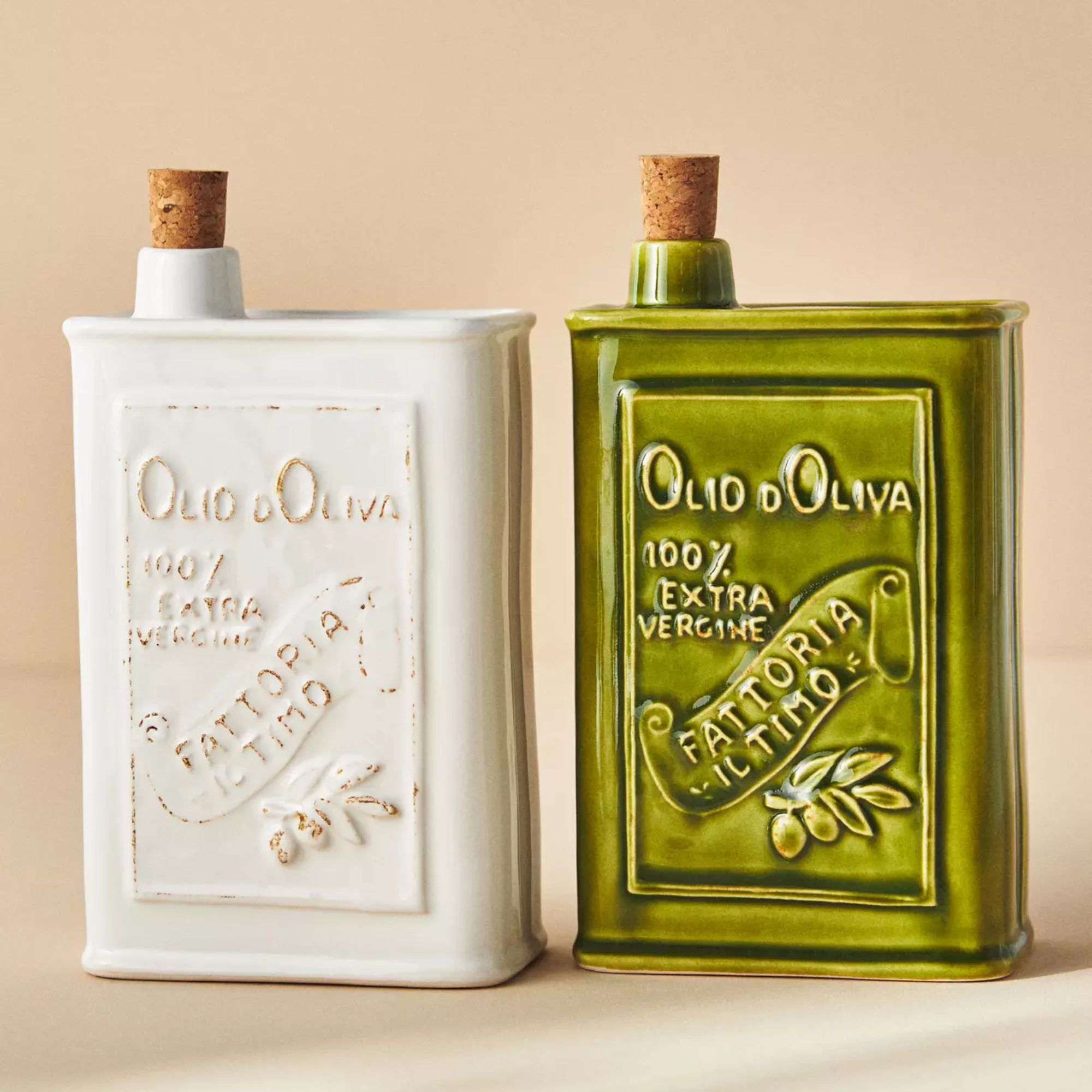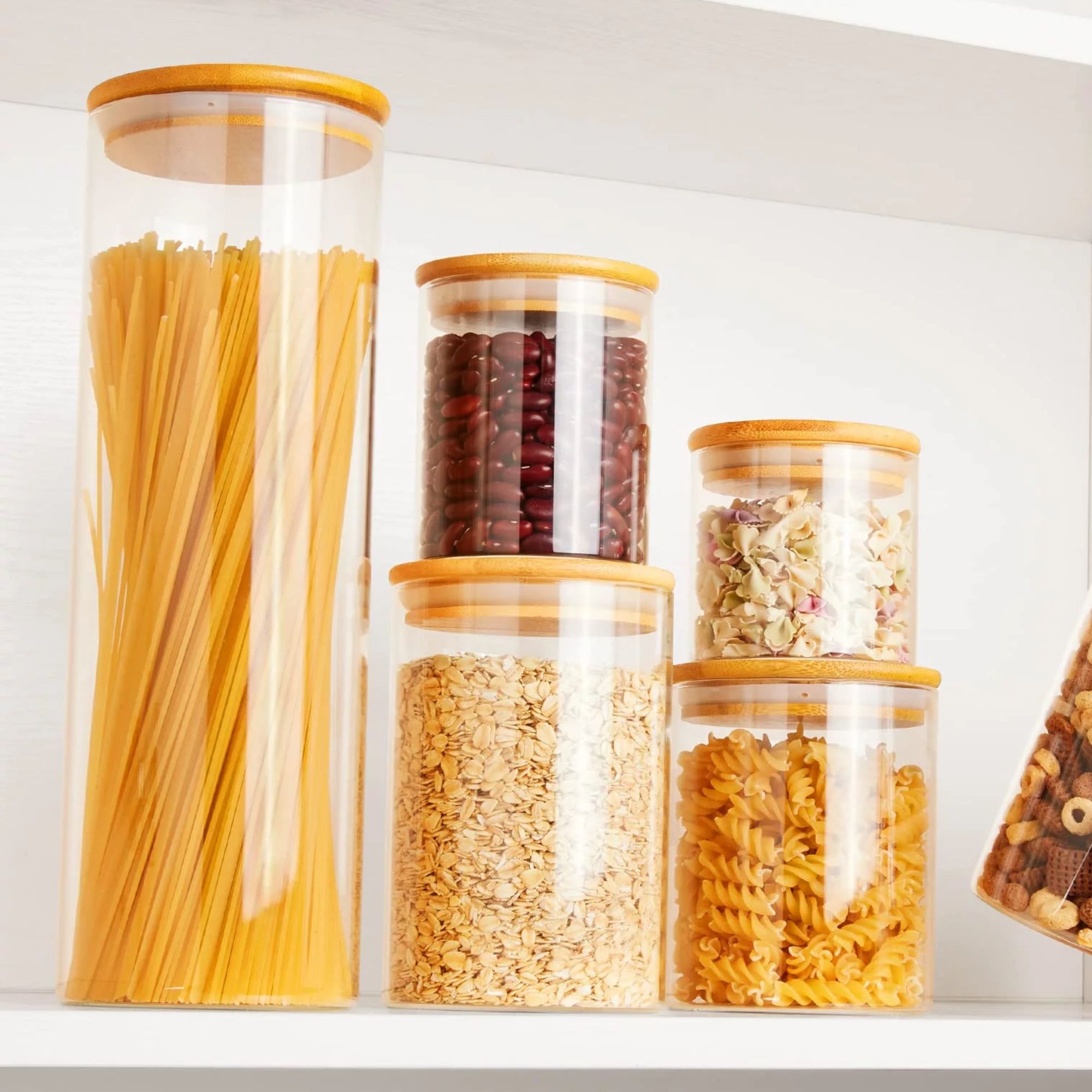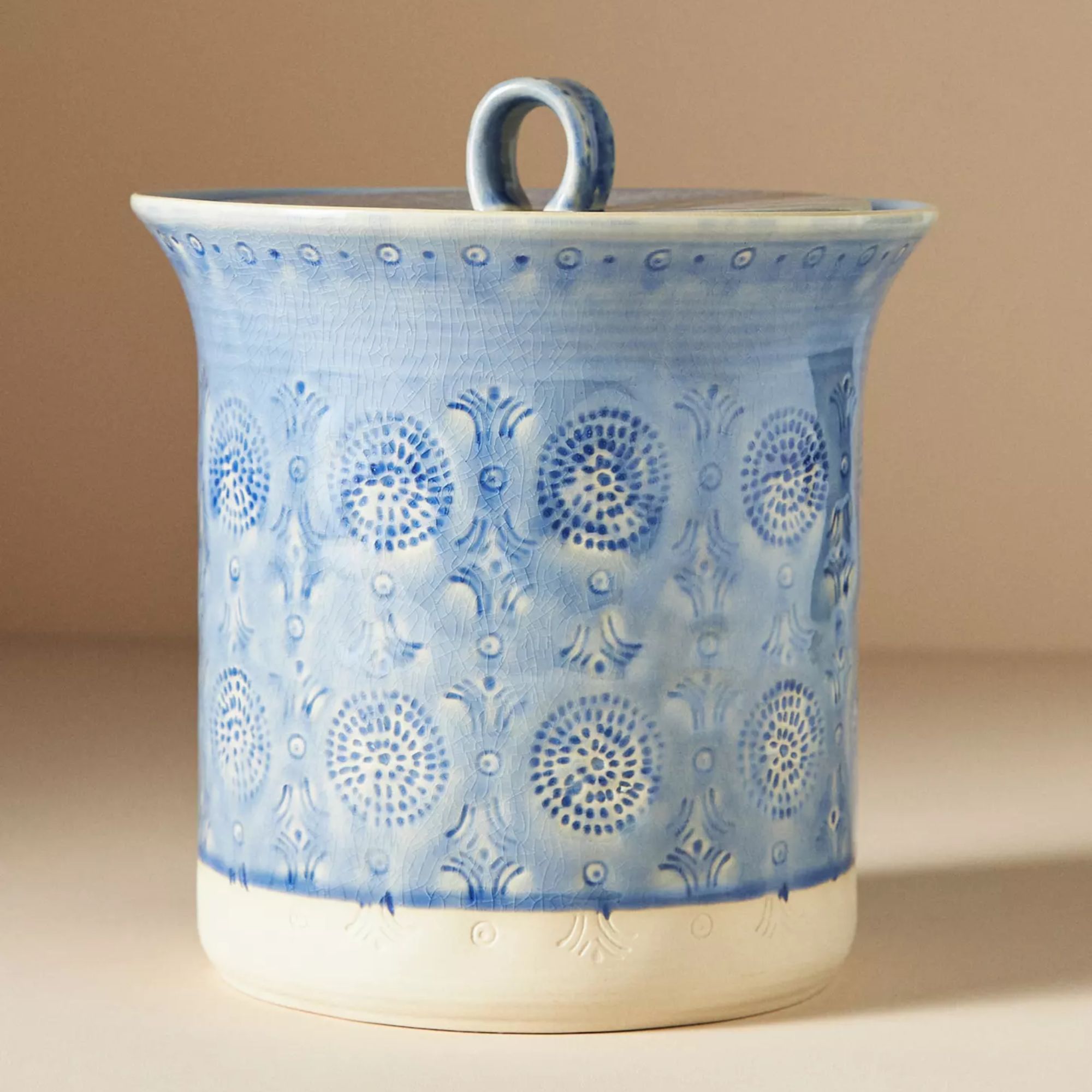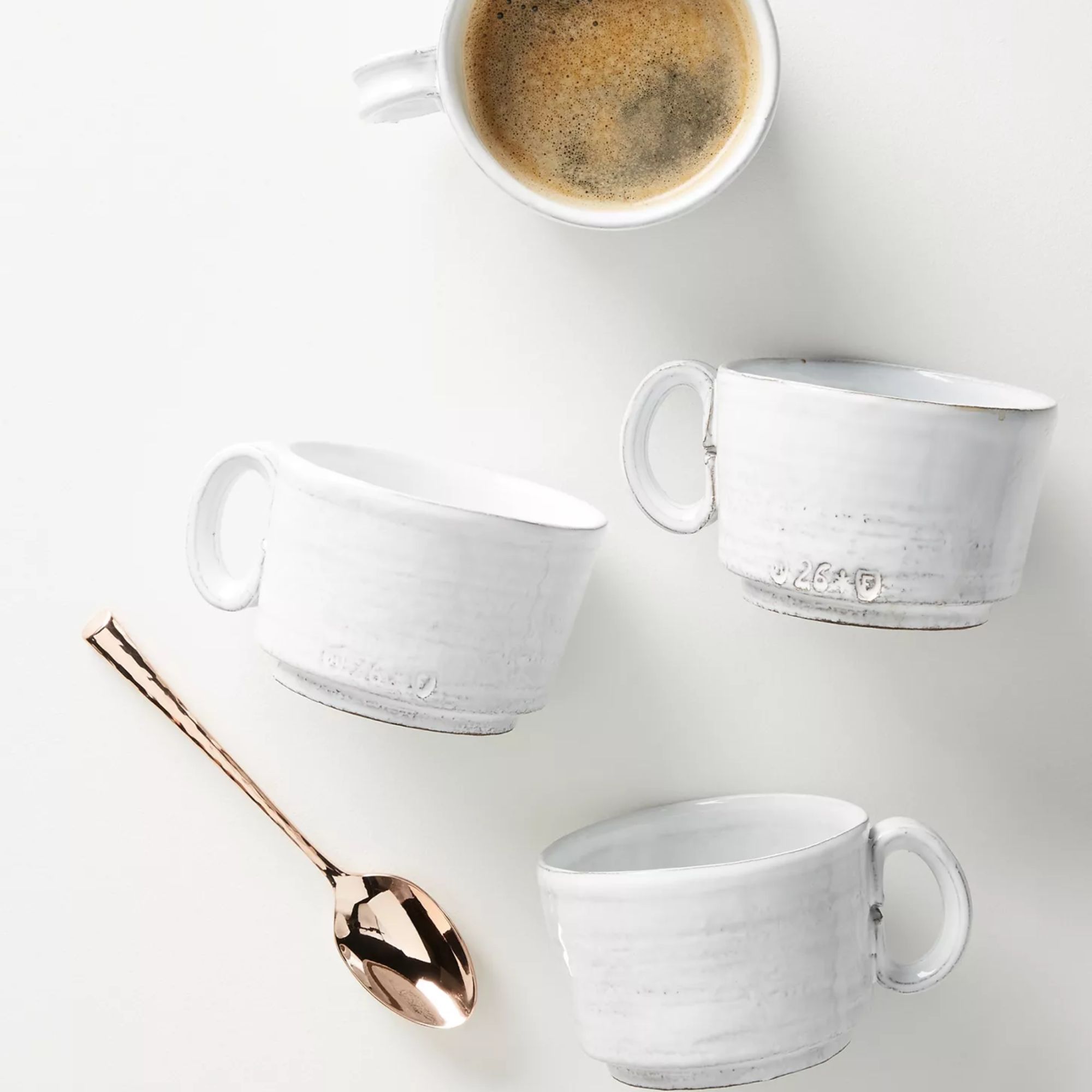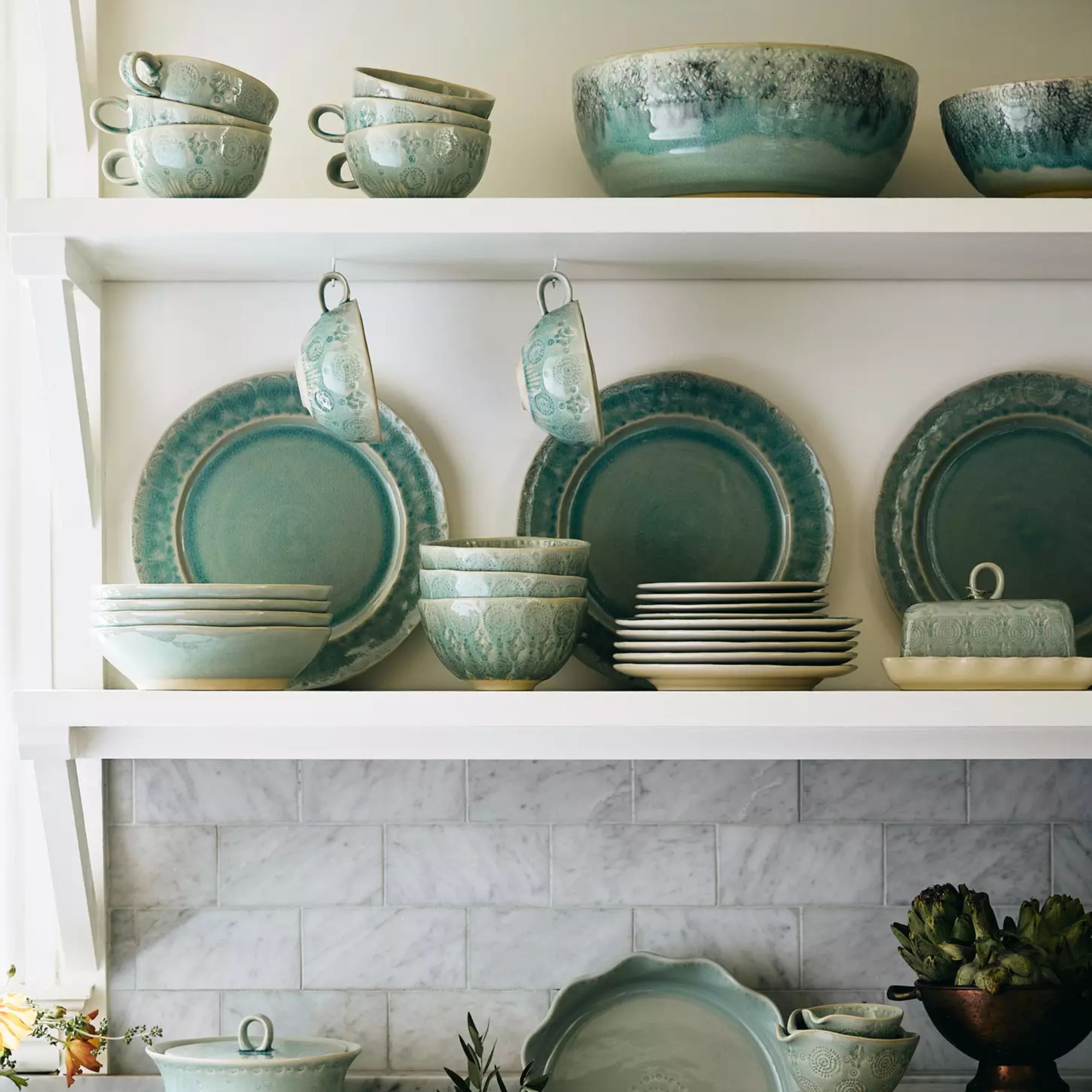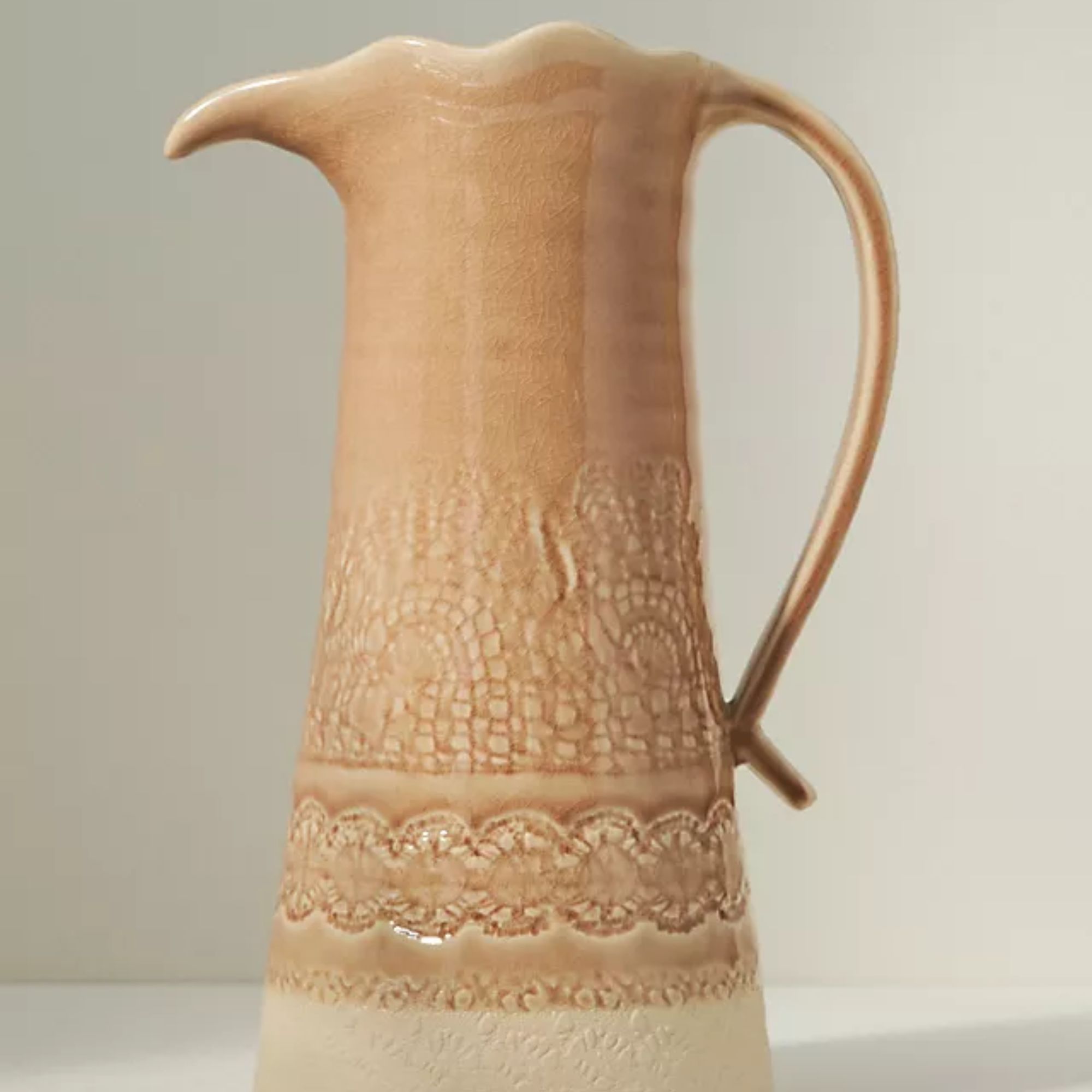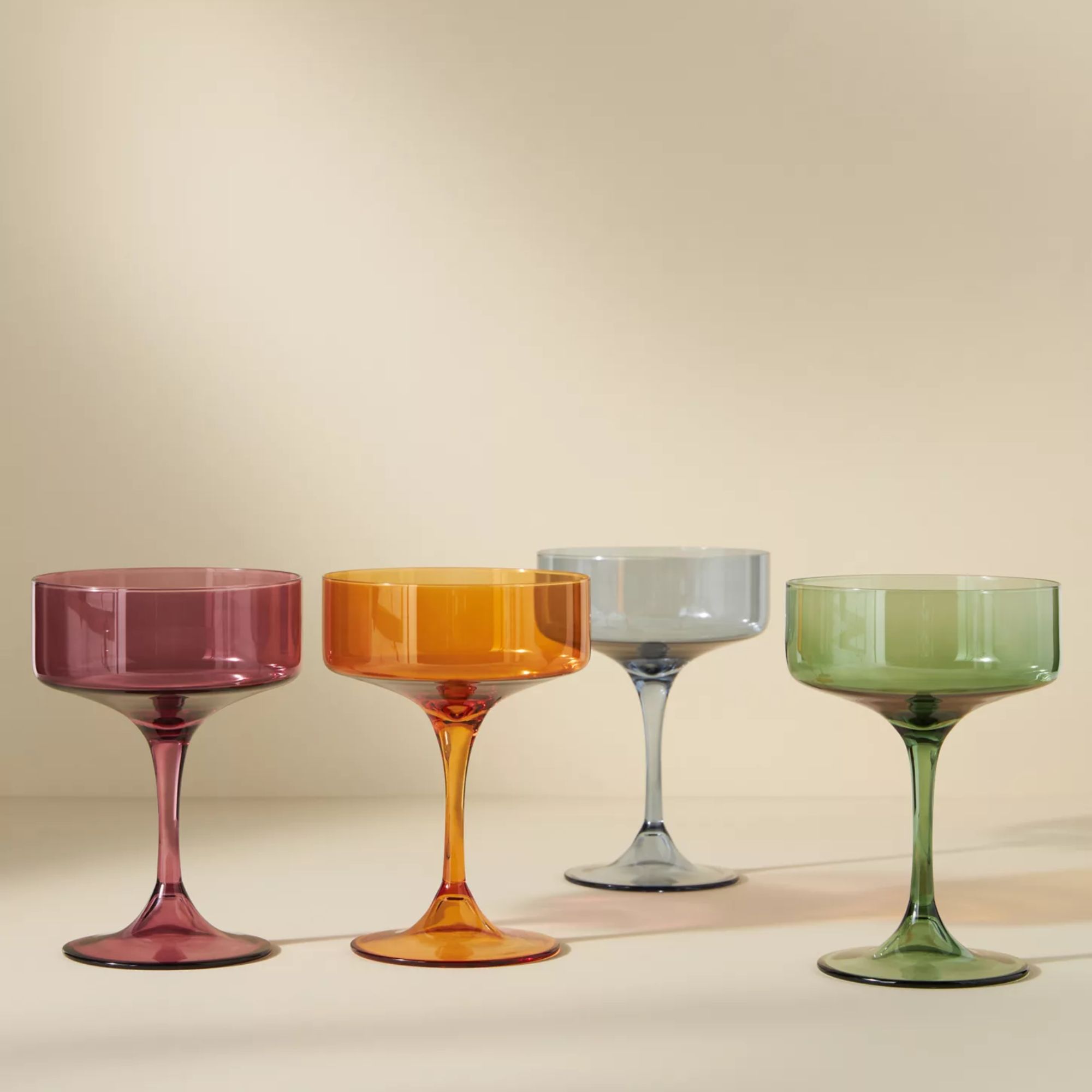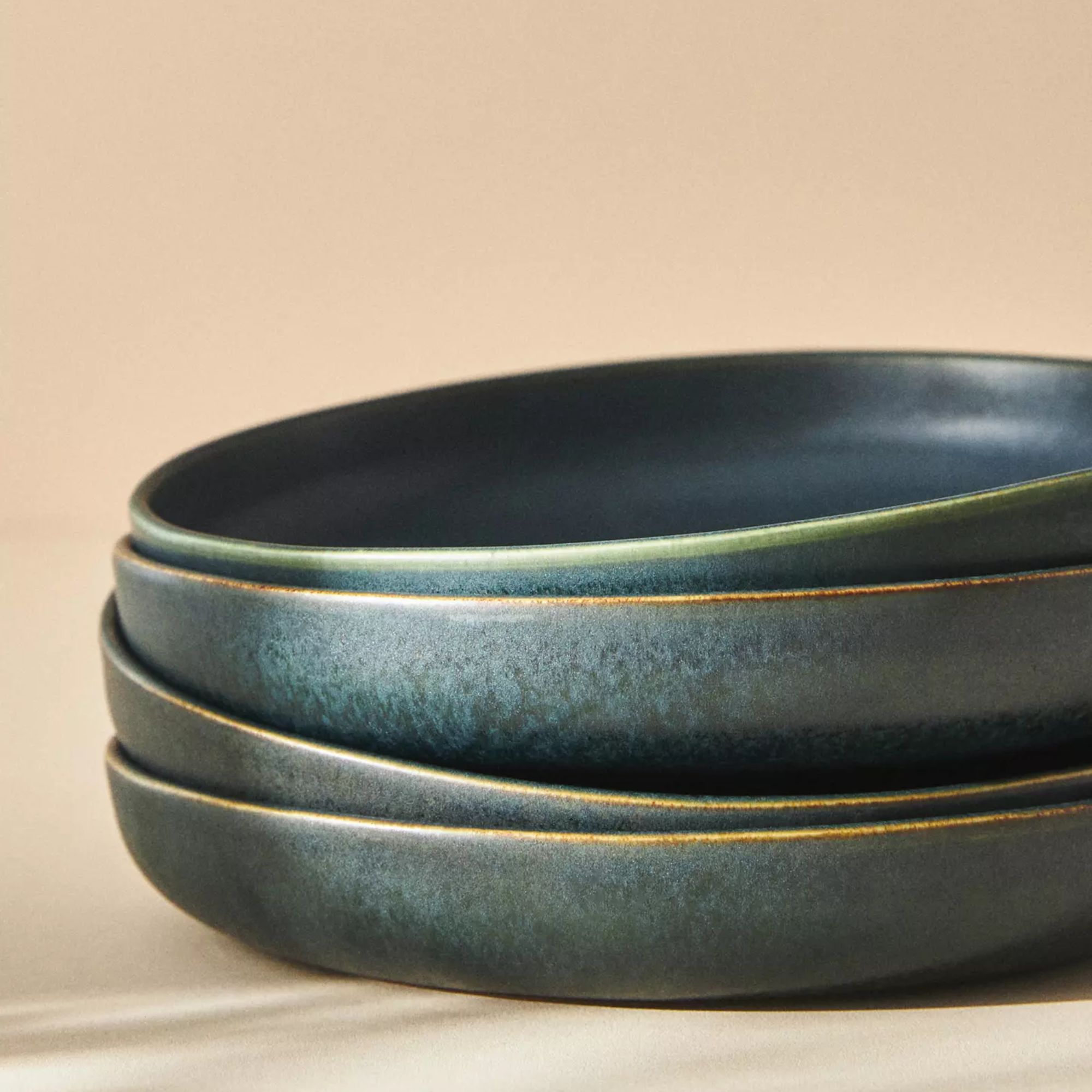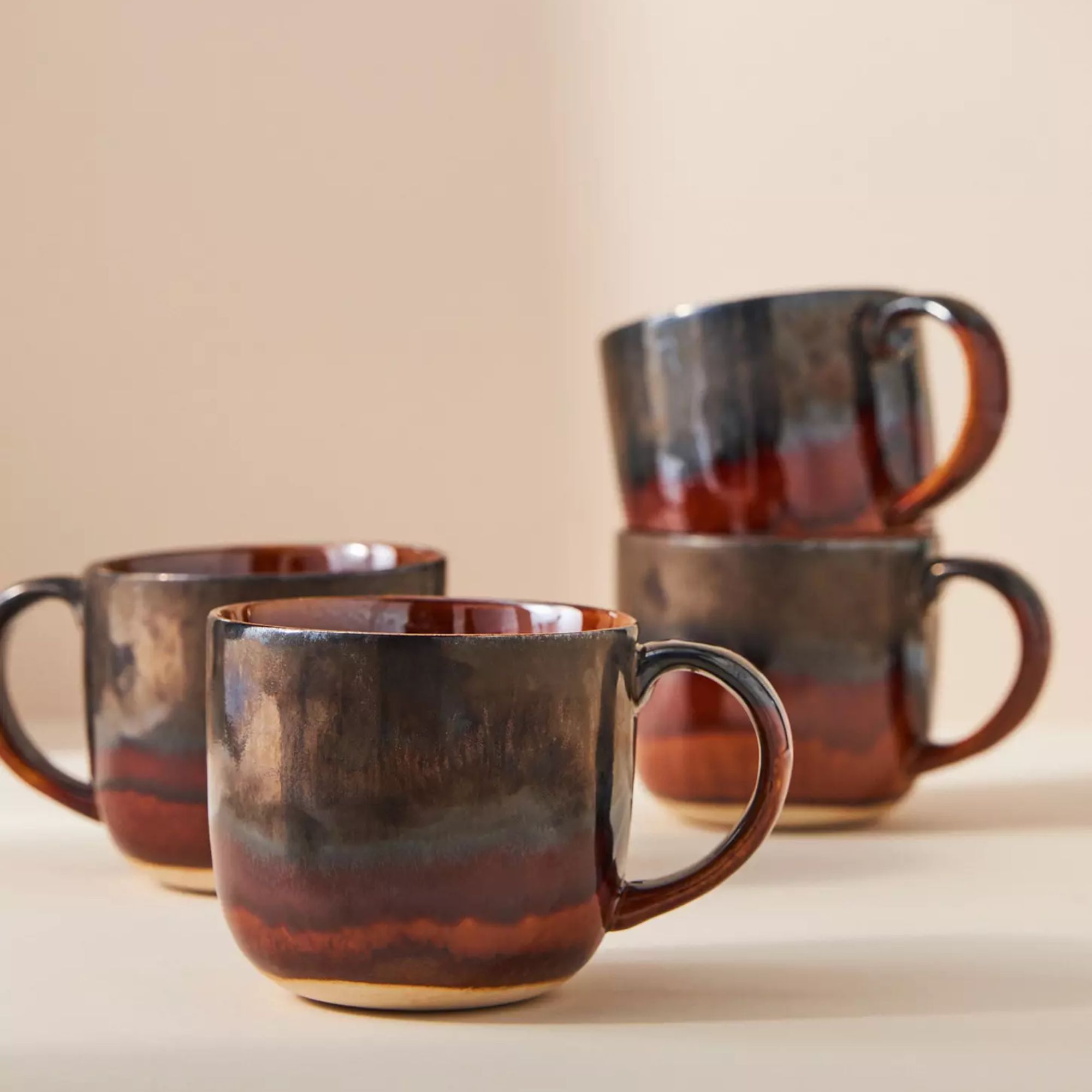Items never to store on kitchen shelves – rules to keep your kitchen storage efficient and stylish
8 items experts advise against displaying on your kitchen shelves
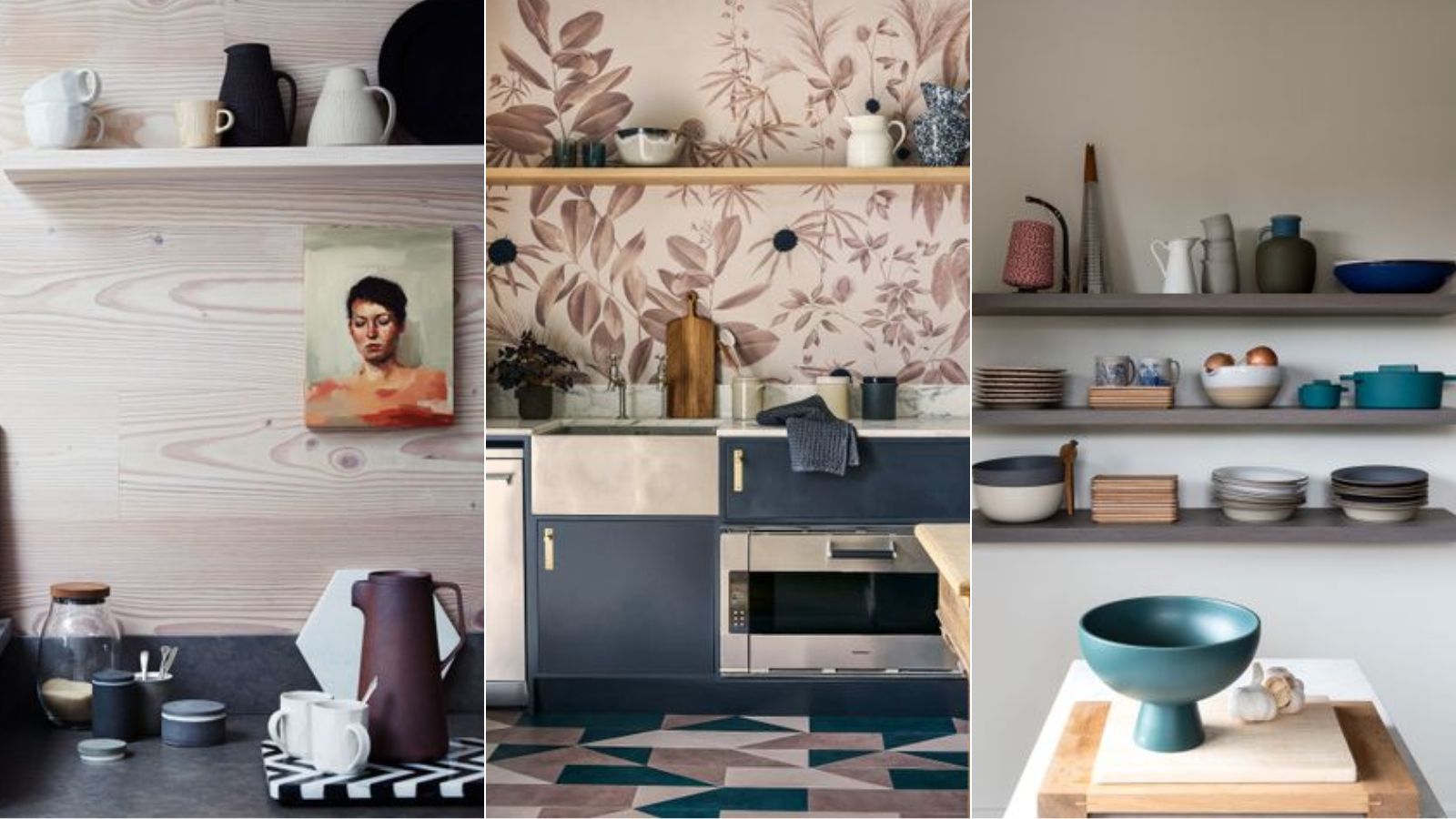

Kitchen shelves are much more than a convenient storage option – they also act as a display piece for you to decorate with your very best china, glasses, mugs, vases, and more. Understandably, homeowners therefore want to make sure their shelves look their best, and knowing what not to store on kitchen shelves is key to ensuring they remain efficient and aesthetic, helping to keep an organized kitchen.
With more people opting for open shelves over closed cabinets for their kitchen ideas, having a purposeful arrangement of kitchen items on shelves is becoming more and more relevant to homeowners. However, before you decide how to decorate your shelves, there are some items that should be left off your open kitchen shelves.
Our experts have advised which items to steer clear of when it comes to your kitchen shelves.
Items never to store on kitchen shelves
Your kitchen items that are stored on shelves are the first things guests see and are also the items that should be easiest to grab, so you'll want to avoid storing items that aren't visually appealing, as well as those that aren't regularly used.
1. Worn out items
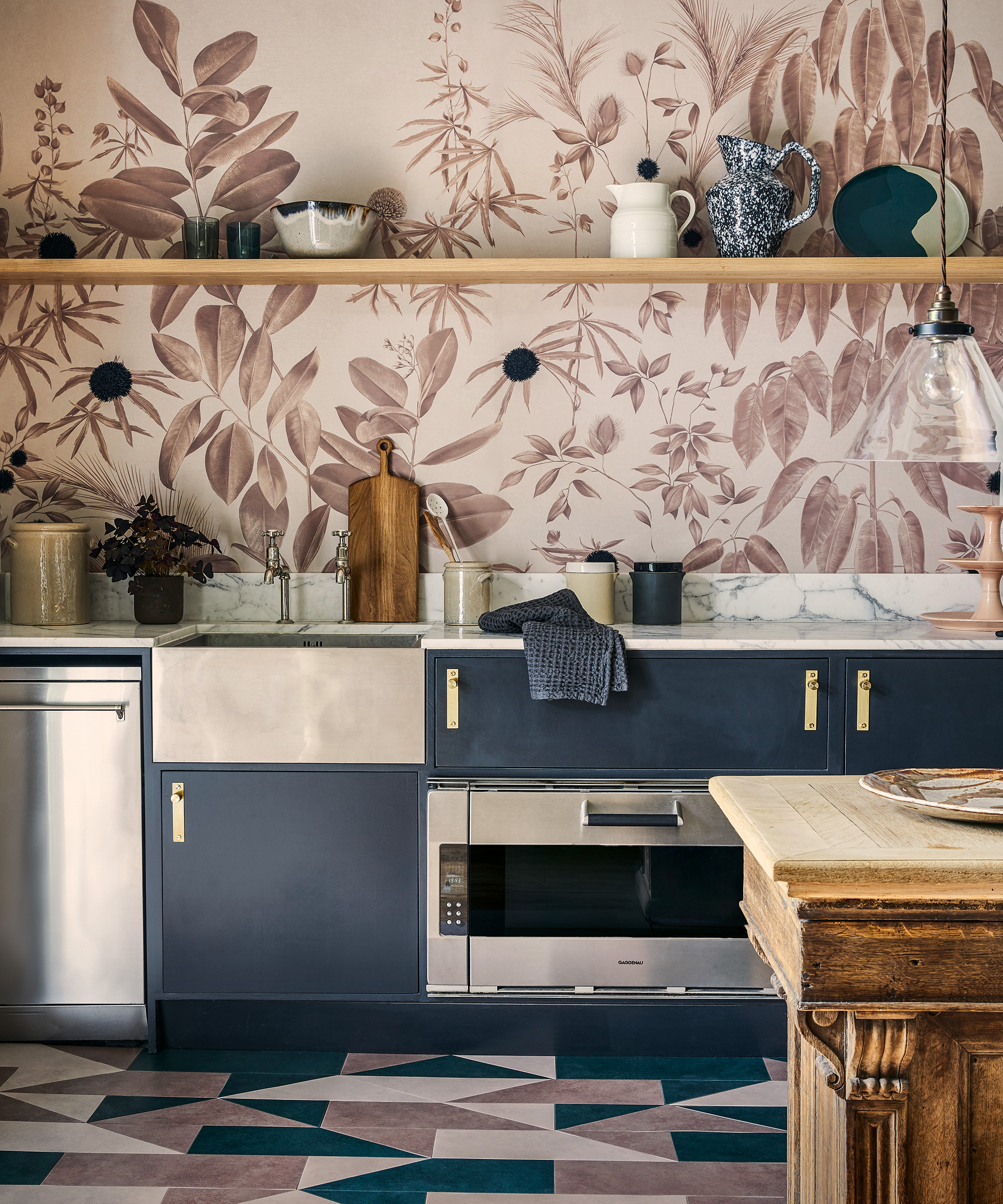
First and foremost, avoid storing items on kitchen shelves that no longer look in pristine condition, whether this be scratched glasses, chipped mugs, worn chopping boards, or even wilted plants.
There's no harm in keeping items that have become more practical than pretty, but these items should definitely not be on full display in your kitchen, so consider if anything on your shelves has started to look tired and move them into a cabinet or drawer.
2. Items that are not used regularly
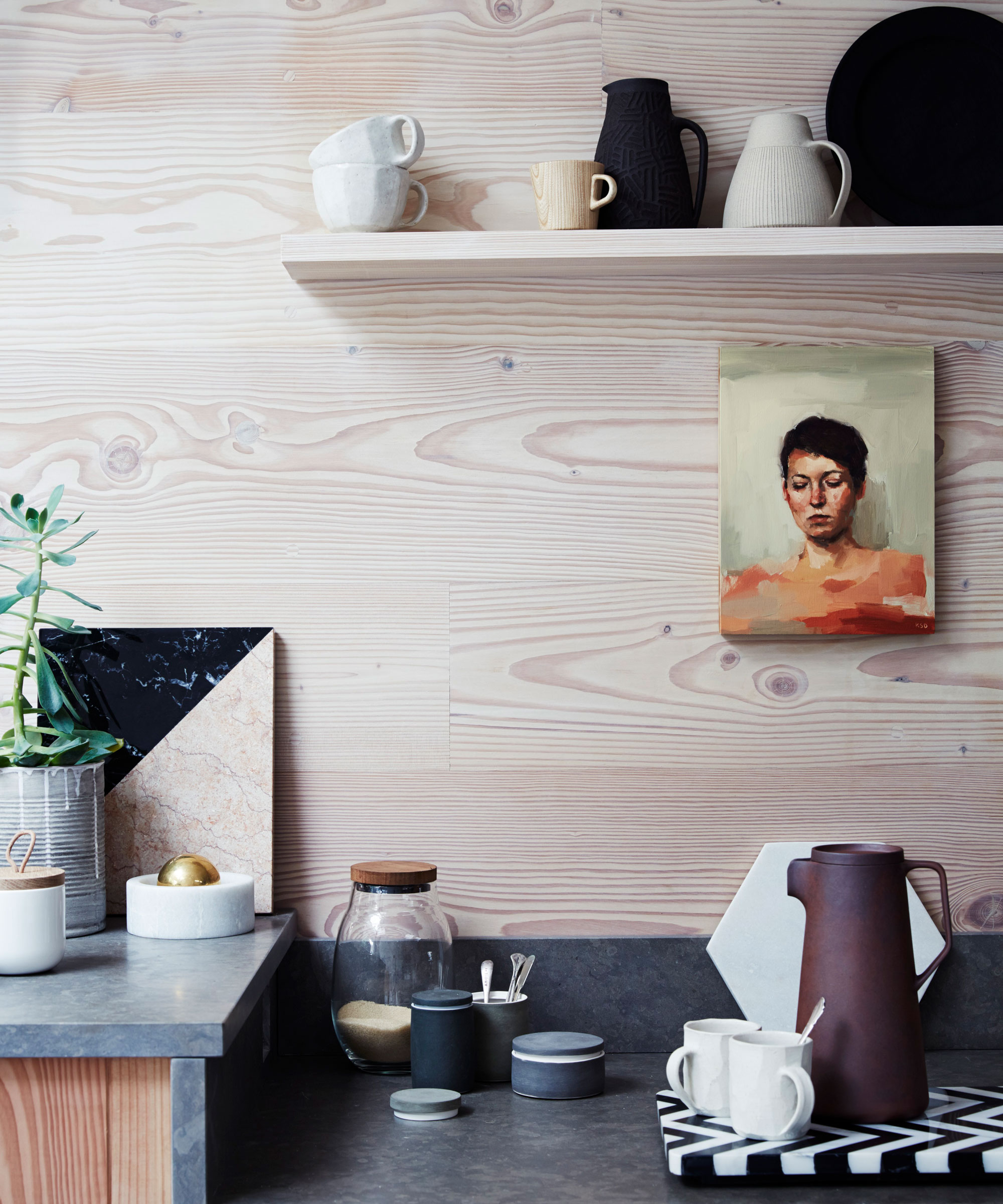
The beauty of open shelves is that the items on them are easy to access, especially in comparison to items stacked in cabinets and cupboards, saving you time when you want to grab something instead of rummaging for your items. For this reason, shelves are most efficient when used to store regularly used items that are part of your daily routines.
Design expertise in your inbox – from inspiring decorating ideas and beautiful celebrity homes to practical gardening advice and shopping round-ups.
So, unlike the things you should never store in a pantry, you should not store items on shelves that are scarcely used (unless they are adding a decorative element which we would obviously condone), since it is a waste of the convenience of this storage method.
'I am always careful about putting the things that one needs daily within arms reach of everyone who uses the kitchen,' advises Melissa Gugni, owner of Melissa Gugni Organizing. 'It is such a simple suggestion, but I am so surprised when a kitchen has been laid out where folks have to get a stool or climb on a counter in order to reach plates and bowls. I also take into account which shelves are located above a stove, oven, or other heat source.'
When organizing a kitchen, it's often best to coordinate which items go on which shelves based on their location, meaning that shelves next to a kettle or sink should be adorned with mugs and glasses, and those where food is prepped can be used for plates, bowls or chopping boards. By considering this, you can by default assess which items should not be stored on your shelves, such as scarcely used items that would be better located in your pantry.
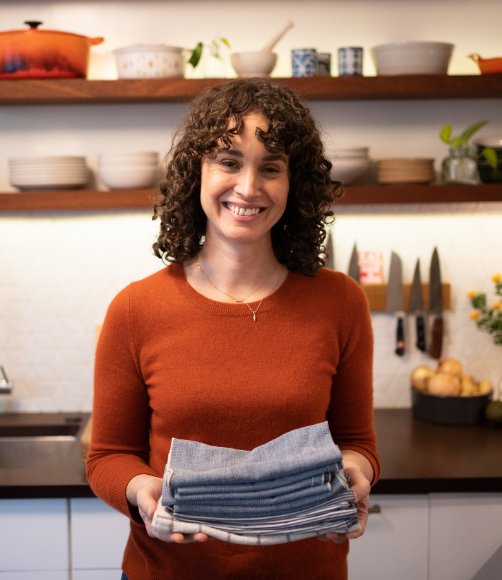
Melissa Gugni is the owner and lead organizer of Melissa Gugni Organizing, based in the San Francisco Bay Area. She is also co-owner of Union Larder, an award-winning wine bar and Little Vine, a wine and cheese shop also in San Francisco.
4. Industrial items
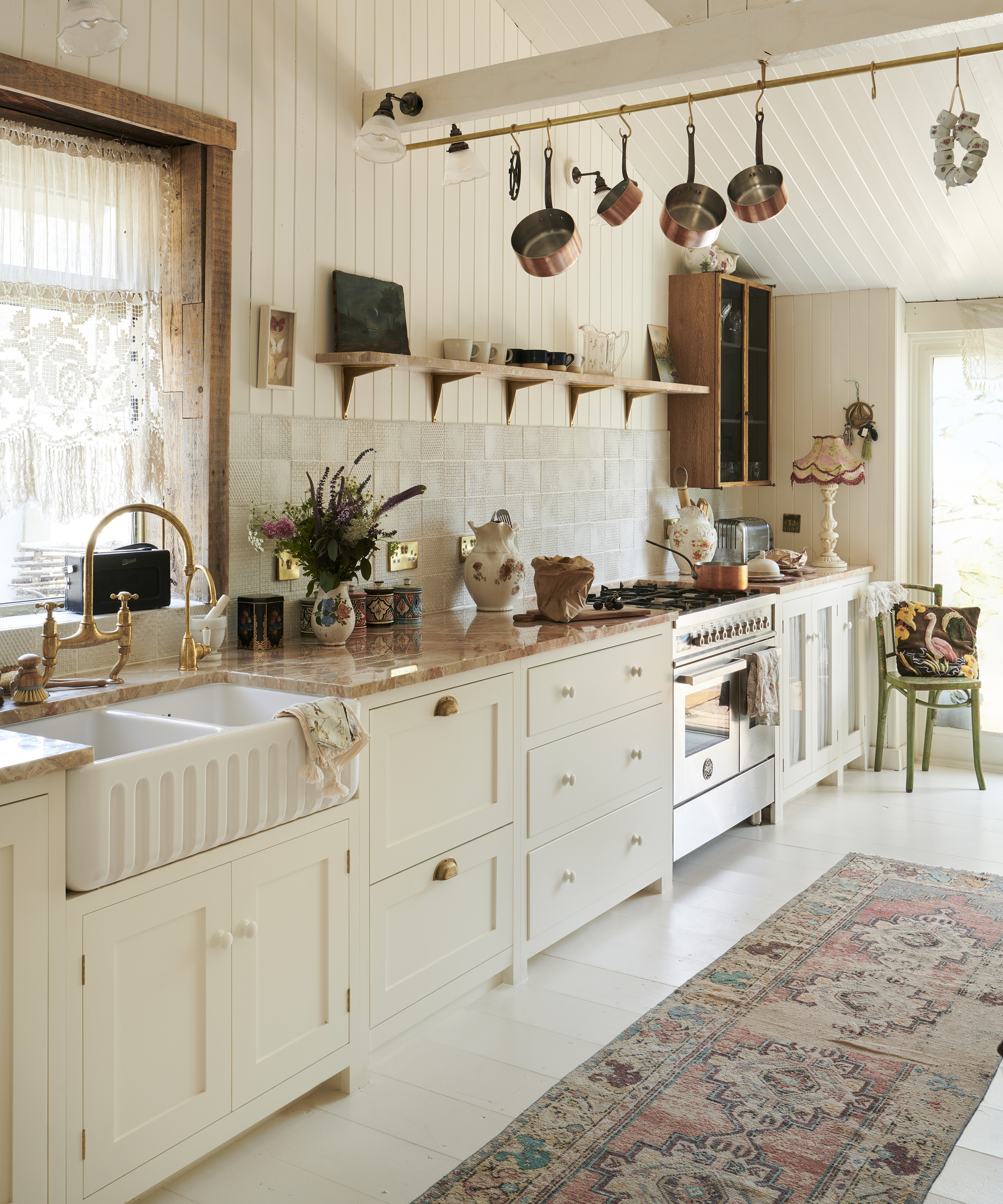
Although it may seem obvious, industrial-grade kitchen items such as a toaster, mixer, and pots, should never be stored on kitchen shelves. Not only are these items heavy, which is not great for your shelves' longevity, but they also create a visual misbalance.
When decorating your shelves, maintaining a well-balanced aesthetic is all about finding items that are suitable proportions to both the shelf space and to other shelf items on display. While we recommend adding visual depth to your shelves by using items of varying sizes, we strongly advise against using bulky items that will dwarf other items and draw the eye, especially if they are not the most attractive pieces.
Artem Kropovinsky, founder of Arsight says, 'Tools with a significant heft can not only pose a risk but also interrupt the visual flow. It's always preferable to store them out of sight.'
These items, which are often not the most visually appealing may also need to be regularly taken down to be used, causing a disruption to your shelf layout and you to have to do some unnecessary weight lifting.
Instead, you can hang items such as pots on under-shelf hooks, creating a bottom-heavy look that is more appealing.
Melissa Gugni recommends, 'If a kitchen has many deep drawers, I often will take heavy items like food processors, or large items like cereal boxes off high shelves, and store them in drawers where they are easier to access and less visually clunky.'

Based in New York, Artem Kropovinsky, founder of Arsight, has a decade of extensive and considerable global design experience. Prioritizing minimalism, sustainability, and authenticity, Artem, alongside his team of professionals, works on projects in the US and worldwide.
5. Food packages
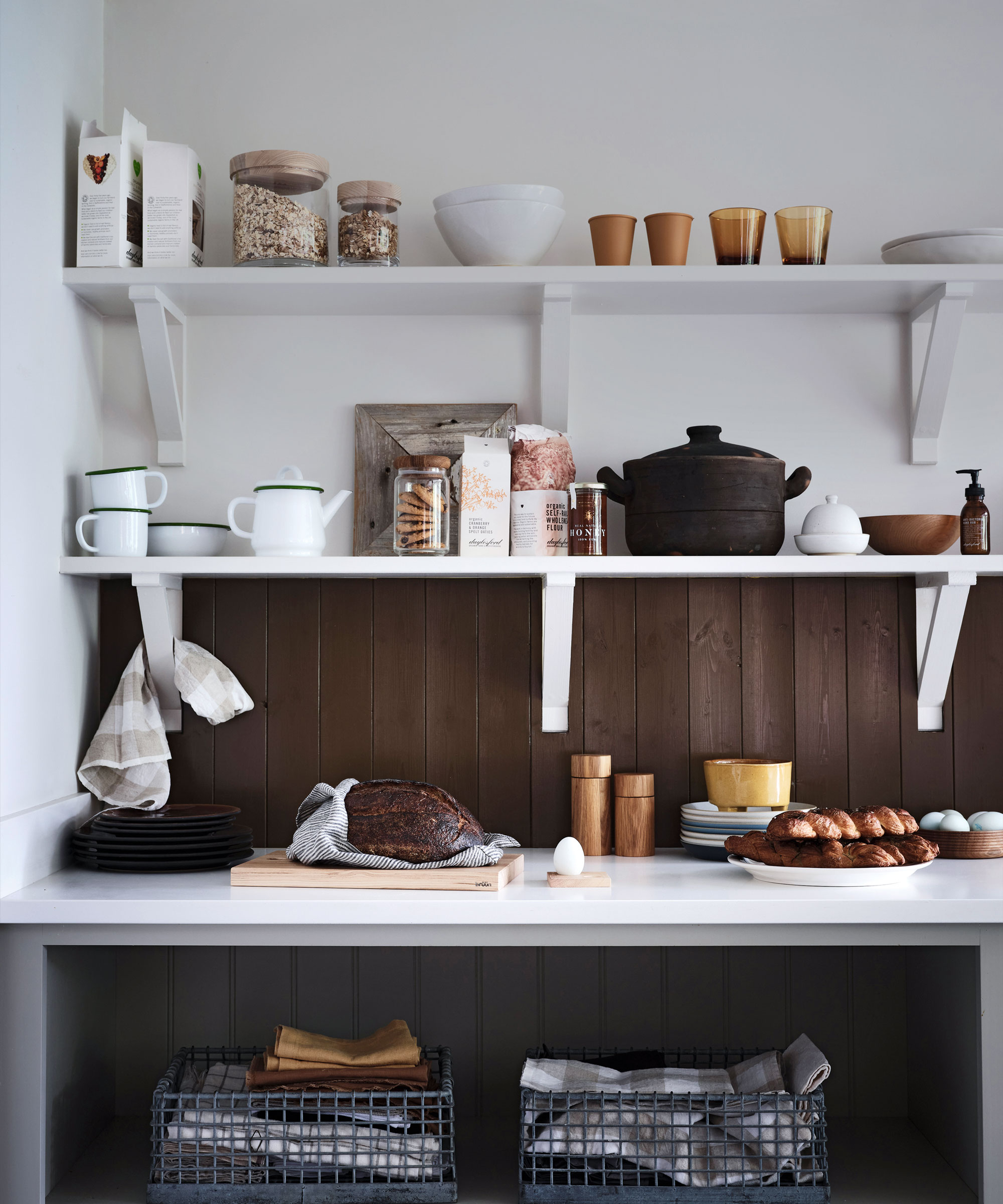
If you store food such as pasta, rice, cereal, crackers, coffee, on your kitchen shelves you should absolutely avoid displaying them in the packaging you bought them in. This is the number one way to make your shelves look messy and disorganized.
Luckily there are numerous ways to store and display your food items in a way that will elevate your kitchen, and will make retrieving food more convenient. We've listed some of our favorite options below.
6. Plants in containers
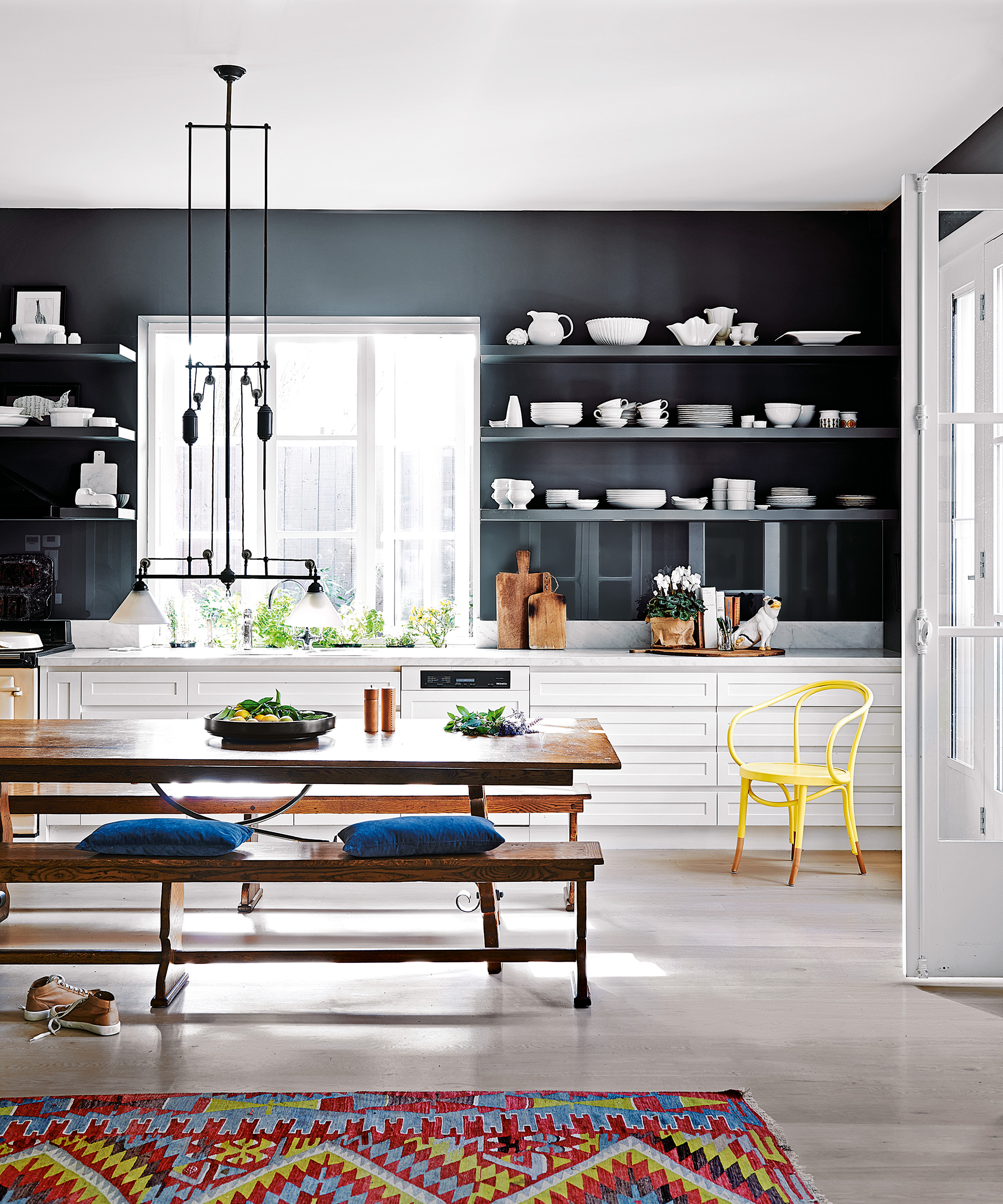
One of the main downsides of open shelving is that they are hard to clean, and to avoid making this task even harder for yourself, you may want to avoid having plants in containers on your shelves.
While plants can be a beautiful addition to your shelf display, they will most likely make the task of cleaning a kitchen a more regular one due to the falling debris from the plants, such as leaves and flowers, as well as the risk of soil being spread to whatever lies beneath the shelf.
This doesn't mean that you can't decorate with plants on your selves, but ensure that those you do use are in pots that contain it well enough that its soil does not end up outside the pot. You should also keep the plant away from items with bowls that dead leaves may end up in, such as glasses, bowls, or mugs.
A more low-maintenance option can be to decorate with dried flowers or branches that will not create a mess.
7. Clashing items
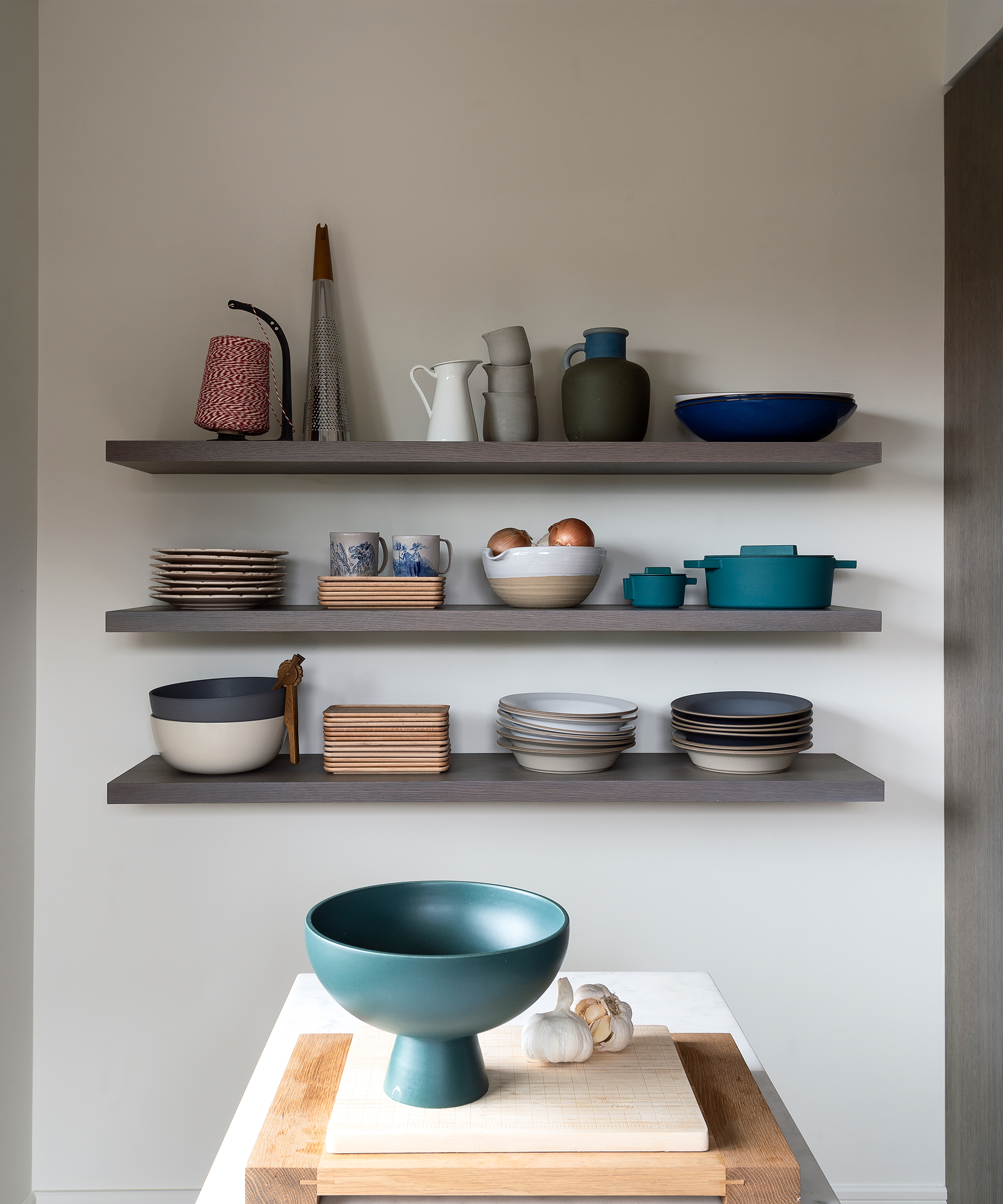
Photography/Matthew Williams
The key to creating a unified look in your kitchen is to not use items on your shelves that will clash with the look of the rest of this space.
For example, if you have a rustic theme in your kitchen, some ornate, vintage items will be more than fitting, whereas bright or ultra-modern items may look out of place. This also applies when considering color schemes, make sure your crockery and dishes suit the theme of your kitchen so as to not look out of place.
Artem Kropovinsky advises, 'Presenting a varied collection of dishes or non-matching cups can shake the unity of a kitchen's design narrative. Aim for a harmonized presentation.'
Below we've listed some of our favourite modern and rustic pieces to decorate your kitchen shelves with.
8. Spices
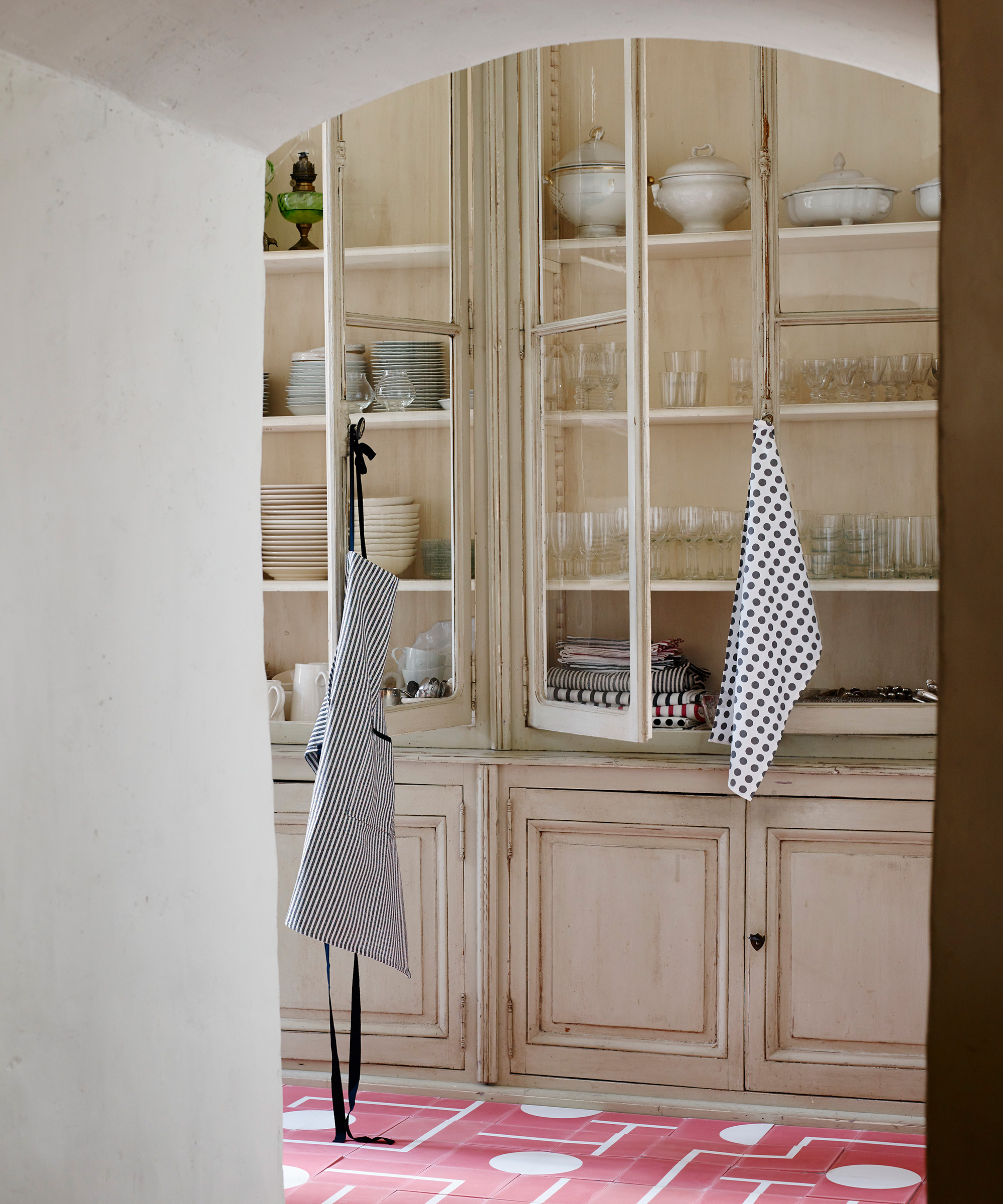
Having a whole range of different spices on your kitchen shelves is never ideal.
'Spices, while a beautiful touch, can experience color changes if subjected to potent lighting. Consider their placement thoughtfully,' warns Artem Kropovinsky
Additionally, these small items often will look disorganized and crowded on open shelves and will make finding the spice you want a tricky task, involving a reasonable amount of reorganizing every time you make a meal.
The only exception to this rule is if you are using a layered spice rack that makes it possible to see all items easily due to the different height levels, such as this VenDotbi expandable spice rack organizer from Amazon. This can still make your shelves look a bit messy, but if you want to try this, store your spices in containers, such as these ComSaf 16Pcs glass spice jars with bamboo lid and black labels from Amazon.
FAQs
What mustn't you do on kitchen shelves?
Putting stacked items that don't easily fit into one another on your shelves can easily make a shelf display go from chic to cluttered and haphazard.
Aside from items like plates and bowls, it's a good idea to avoid stacking items on your shelves since not only will this look messy, but will increase the chance of items damaging one another.
Keeping certain items off your kitchen shelves is key to maximizing the efficiency of your kitchen and keeping your shelf display looking its best.
Artem Kropovinsky suggests that 'while adding personal or unrelated objects brings character, they should be chosen judiciously to not stray from the kitchen's primary theme.'
To start organizing your shelves simply ask yourself what you need on hand, what you want on show, and what suits your kitchen and lifestyle. This should also help you work out which items you don't need crowding your kitchen shelves. Remember, having minimalist shelves is often more visually impactful.

Lola Houlton is a news writer for Homes & Gardens. She has been writing content for Future PLC for the past six years, in particular Homes & Gardens, Real Homes and GardeningEtc. She writes on a broad range of subjects, including practical household advice, recipe articles, and product reviews, working closely with experts in their fields to cover everything from heating to home organization through to house plants. Lola is a graduate, who completed her degree in Psychology at the University of Sussex. She has also spent some time working at the BBC.
